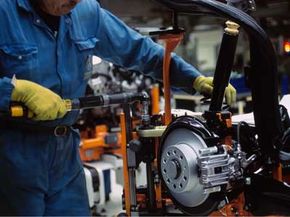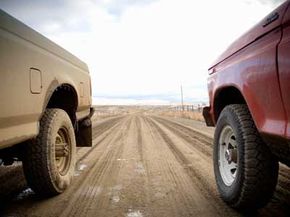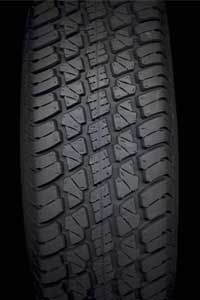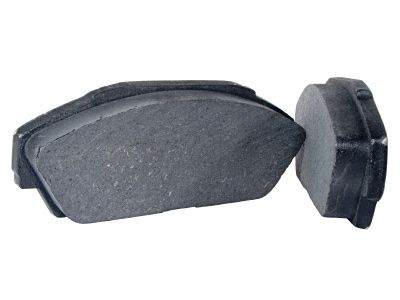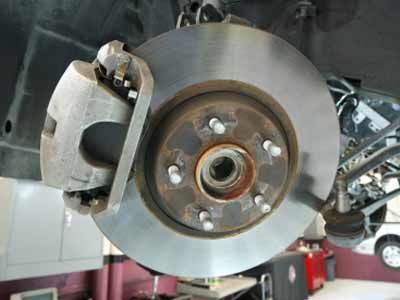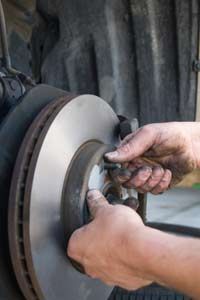For many cars and trucks, manufacturers seek the cheapest suppliers they can find to make each of the components that bolt together to form a complete automobile. That means your car's brakes, all the wiring, the seats, trim pieces, instruments -- they're all the collective creation of a bunch of low-cost producers.
While the car makers do subject their suppliers to specific standards for quality and performance, these often aren't good enough for the discerning consumer. As a result, many automotive enthusiasts choose to upgrade from the original equipment manufacturer (OEM) parts.
Advertisement
In this article, we'll examine the ins and outs of brake upgrades. We'll look at why you'd want a brake upgrade, some of the parts typically replaced in a brake upgrade and the types of upgrades possible.
The politically correct reason for wanting to upgrade your brakes is improved performance. Higher-quality brake parts can last longer, decrease stopping distance, perform better under extreme conditions and, as a result, improve your vehicle's safety. Of course, if you're trying to show off (without really looking like you're trying), nothing says performance more subtly than a set of big, vented rotors peeking out from behind custom rims.
Naturally, the most important high-performance brake part is your own good judgment. Perhaps you can go from 60 mph (97 kph) to a dead stop in 50 yards (46 meters). But that doesn't mean you should treat the street as if it were your own private racecourse. That said, brake upgrades provide you an extra margin of safety, which can make all the difference in a driving emergency.
It can be fun to make your car or truck go faster than the factory intended. But if you do, you'll want to be able to haul all that steel and rubber to a stop in a jiffy as well. To find out about performance brake upgrades, go to the next page.
Advertisement
